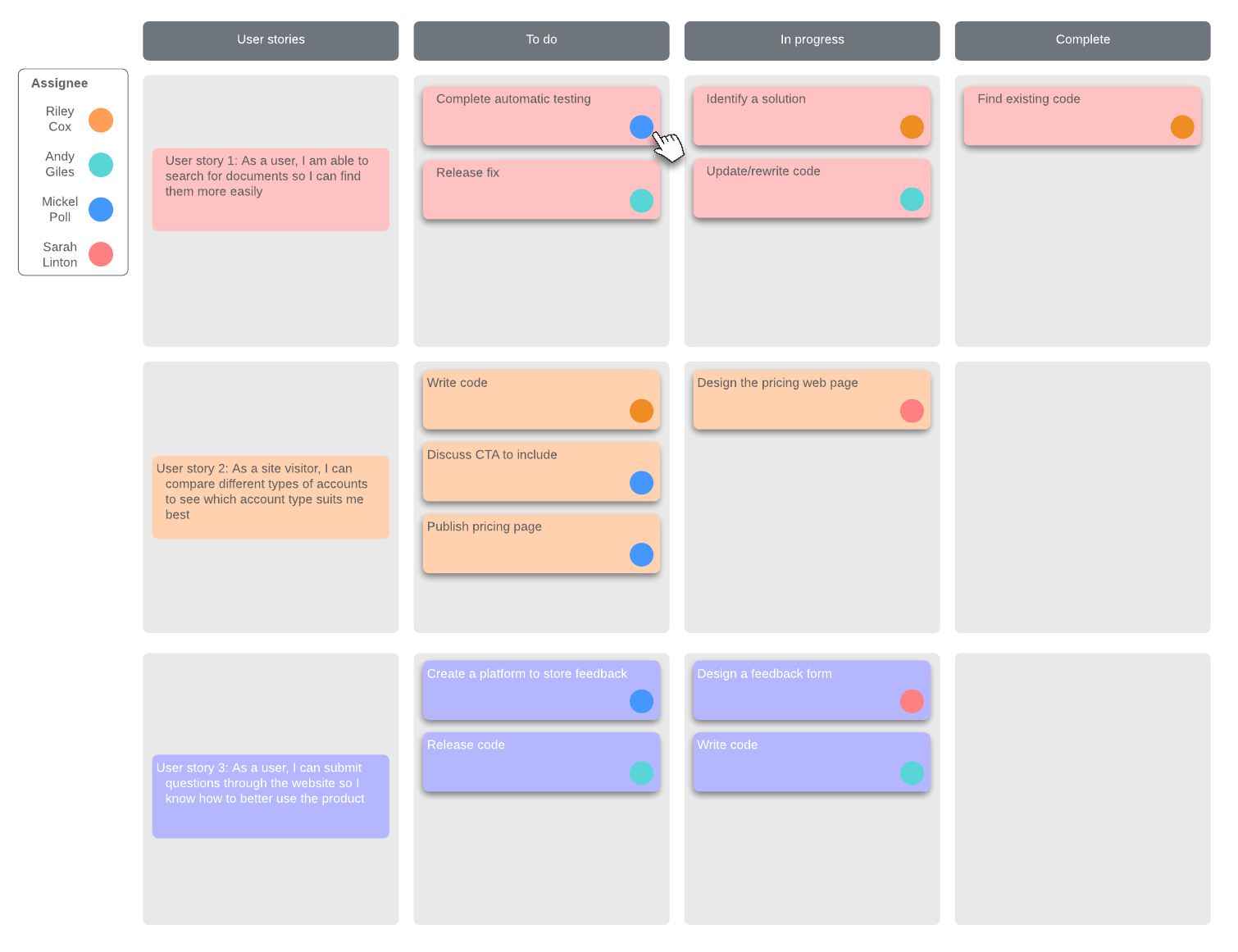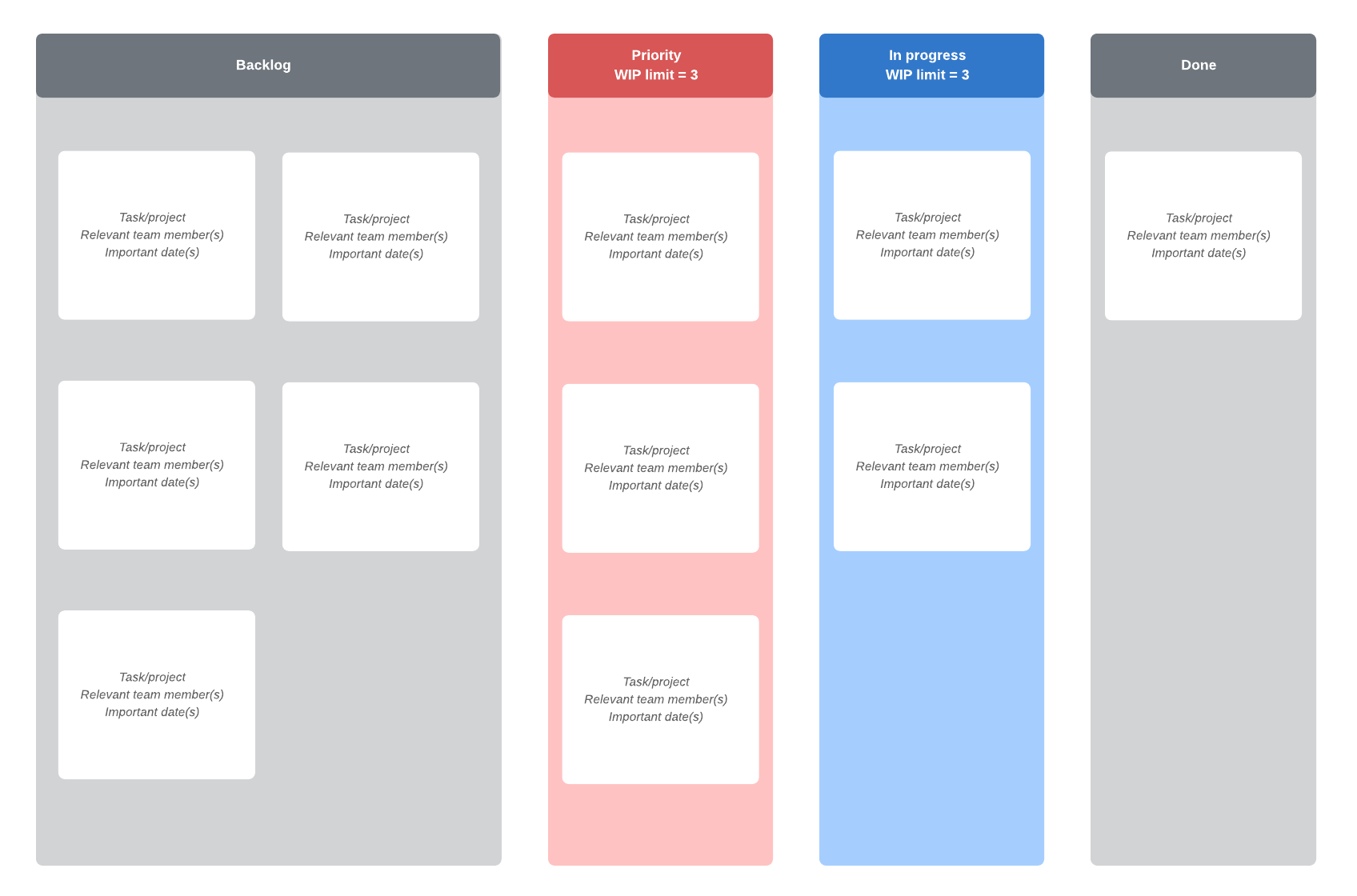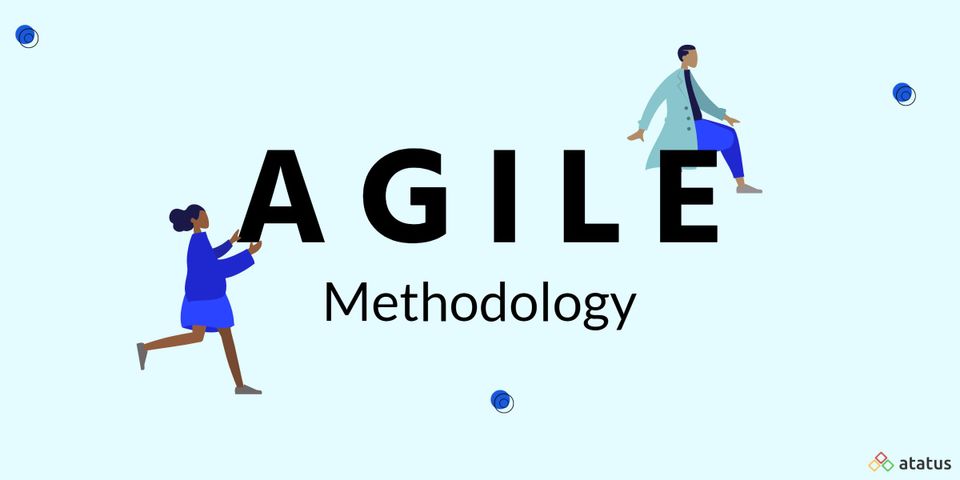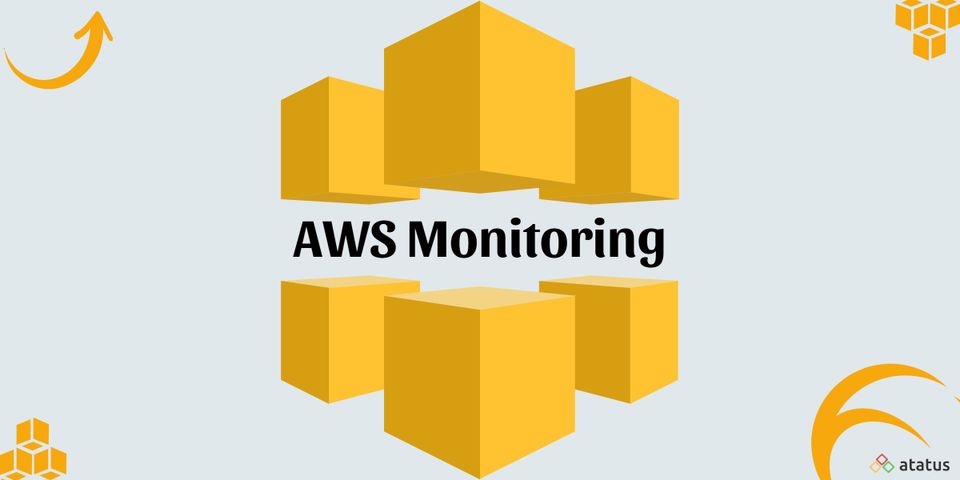Those who work in or near the industry are aware that the art of software development is unique and distinct from other types of engineering projects. It necessitates the attention and care of a team that is adaptive and flexible, as well as those who are eager to respond promptly to adjustments and won't bat an eyelid when a client makes an overnight request. That's what Agile methodology is.
We will cover the following:
- What is Agile Methodology?
- Stages of Agile Methodology
- Types of Agile Methodology
- Benefits of Agile Methodology
What is Agile Monitoring?
The Agile methodology is a practice that encourages continuous development and testing throughout the software development lifecycle of a project. Unlike the Waterfall methodology, the Agile methodology allows for parallel development and testing.
Agile methodologies attempt to produce the proper product through small cross-functional self-organizing teams that produce small pieces of functionality on a regular basis, allowing for frequent customer input and course correction as needed. In doing so, Agile tries to address the issues that traditional "waterfall" methodologies of delivering huge products over extended periods of time encounter, such as client requirements changing frequently and resulting in the delivery of incorrect products.
Stages of Agile Monitoring
Agile development is not that tough when broken down to its core concepts. While the number of meetings involved may appear unnecessary, it saves a lot of time by optimizing development tasks and avoiding the errors that can occur during the planning stages.
Phase 1: Requirements
Before a Product Owner can begin creating a project, they must first generate the initial documentation, which includes a description of the project's needs. They are as follows:
- The eventual result that the initiative will attain. For example, a text editor.
- The functionality will provide. For example, different font sizes.
- The features that it will not originally support. For example, adding text animations or the ability to embed video.
A general guideline is to reduce these initial needs as much as possible, adding just the elements that are absolutely necessary and discarding those that will not be used frequently. Developers can work on them once the application has been released and the core features have been tested.
Phase 2: Design
In software development, there are two approaches to design: one is visual design, and the other is the app's architectural structure.
Software Design
The Product Owner gathers their development team and introduces the requirements developed during the previous stage during the first iteration. The team then explores how to approach these objectives and suggests the tools required to obtain the best outcome. The developers debate feature implementation and the internal structure of the come in subsequent iterations.
UI/UX Design
The designers build a rough mock-up of the user interface during this stage of the SDLC. When it comes to consumer products, the user interface and user experience are crucial. As a result, it's a good idea to look at potential competitors to evaluate what they're doing correctly — and, more importantly, what they're doing poorly.
The basic design is refined and/or reworked to accommodate the new features in subsequent iterations.
Phase 3. Development and Coding
Within the software development process, the development phase includes producing code and translating design documentation into actual software. This is the most time-consuming stage of the SDLC because it forms the foundation of the entire process.
There aren't many differences between iterations in this case.
Phase 4: Integration and Testing
During this stage, the developers ensure that the software is bug-free and compatible with everything else they've built previously. The Quality Assurance team runs a series of tests to check that the code is clean and that the solution's business goals are satisfied.
Testing grows more comprehensive as this SDLC stage progresses, and includes not only functional testing but also systems integration, interoperability, and user acceptance testing, among other things.
Phase 5. Implementation and Deployment
The program is installed on the servers and made available to customers, either as a demonstration or for actual use. Iterations after that update the existing software, adding new features and fixing issues.
Phase 6: Review
The Product Owner gathers the Development Team once more after all previous development phases have been completed to discuss the progress achieved toward meeting the requirements. The team presents their ideas for correcting the issues that developed during the previous phases, and the Product Owner considers their suggestions.
The Agile software development lifecycle phases then begin over, either with a new iteration or by progressing to the next stage and scaling Agile.
Types of Agile Monitoring
Scrum and Kanban are two of the most prominent tools for supporting the Agile development life cycle.
#1 Scrum
Ken Schwaber and Jeff Sutherland created the Scrum approach, which provides a basic framework for working on big projects. Agile software development approaches are iterative, which means the work is divided into iterations or Sprints in Scrum's instance. Scrum is carried out by small groups of 7-9 persons, who include a Scrum Master and a Product Owner.
Projects in Scrum are broken into Sprints, which are typically two or three weeks long. A Sprint is a set of features that must be produced within a certain amount of time. Multiple sprints may be merged to make a Release, which is the formal delivery of software/product to the customer/market.
The Product Owner breaks down the overall product functionality into smaller pieces. Each Sprint or Iteration prioritizes and tackles these Stories. The goal of the process is for the team to be able to show the Product Owner working bits of the product at the conclusion of each Sprint to ensure that it is operating as intended.

Overall, the Scrum technique divides the long waterfall process into smaller cycles, allowing product teams and end-customers to assess functioning software on a regular basis and ensure that it satisfies their business needs. This guarantees that the completed product fulfils the customer's ultimate specifications.
The Daily Stand-up meeting, the Sprint Review Meeting, the Demo to the Product Owner, and the Sprint Retrospective meeting are all part of the Scrum methodology. All of these meetings allow the team to collaborate and review the project to verify that it is moving as planned and that any concerns are immediately remedied.
#2 Kanban
In the early to mid-2000s, David Anderson established the Kanban Method in reaction to some of the issues of other Agile methodologies, particularly Scrum. While attempting to address the issues with traditional/waterfall approaches, these methods fell victim to some of the same issues.
The 2-3 week sprint cycle was too long for many business contexts, and the associated changes in organizational structure and project management/planning processes put firms under too much strain, and many teams found themselves failing to meet even sprint-level scope and quality commitments. Implementing these strategies was quite disruptive for most firms.

The Kanban method was designed as the polar opposite of that – a non-disruptive evolutionary method for improvement that allows teams to deliver continuously rather than in time-frames of 2-3 weeks, receive feedback faster and shorten the time it takes to offer value to customers.
Kanban is a visual management approach for tracking work as it progresses through a process. Kanban depicts both the process (workflow) and the actual work that passes through it. Kanban's goal is to identify and eliminate potential bottlenecks in your process so that work can flow at a cost-effective rate.
Benefits of Agile Monitoring
Agile's advantages are directly related to its faster, lighter, and more involved mindset. In a nutshell, the process ensures that the consumer gets what they want when they want it. There is far less time spent developing in the wrong direction, and the entire system responds to changes much faster.
- Faster is Better
One of the most significant advantages of Agile Methodology is its speed. A shorter software development life cycle means that there is less time between paying and receiving payment. As a result, the company will get more profit. - Customer Satisfaction has Improved
Customers don't have to wait months or years for exactly what they don't want with Agile. Rather, they receive fast iterations of something that is extremely near to what they desire. The system adapts swiftly to changes in the overall environment in order to refine the successful client solution. - Employees are Valued
Employees who are encouraged to contribute their ideas are far more productive than those who are told to follow a set of rules. Employees are respected in the Agile Methodology because they are given an objective and then trusted to achieve it. Employees are in the best position to respond to problems and fulfill the goals at hand because they have their hands on the controls and witness the difficulties that arise every day. - Rework is No Longer Necessary
The project stays on track and in tune with customer needs at every level by involving the client in more than just the requirements and delivery phases. Between the time we complete the task and the time the customer proposes adjustments, there will be less backtracking and “going out on a limb” time.
Conclusion
Software development is a systematic procedure. However, there is no single “correct” approach to implement Agile – only ones that work for or against a specific team. Each organization has its own definition of what defines an Agile development lifecycle, and each has its own set of advantages. At the end of the day, what matters is a high-quality product that is delivered on time.
Monitor Your Entire Application with Atatus
Atatus provides a set of performance measurement tools to monitor and improve the performance of your frontend, backends, logs and infrastructure applications in real-time. Our platform can capture millions of performance data points from your applications, allowing you to quickly resolve issues and ensure digital customer experiences.

Atatus can be beneficial to your business, which provides a comprehensive view of your application, including how it works, where performance bottlenecks exist, which users are most impacted, and which errors break your code for your frontend, backend, and infrastructure.





